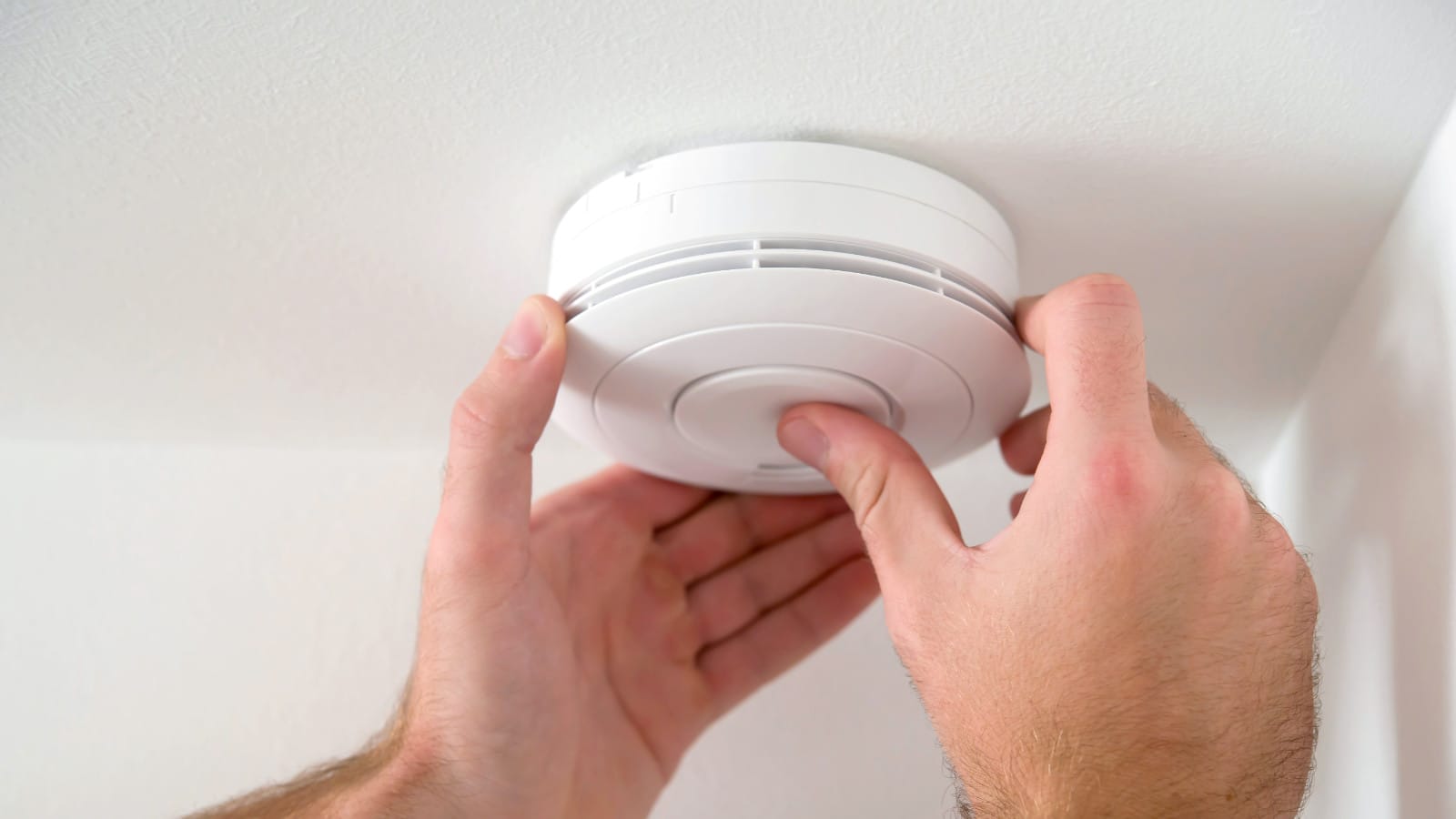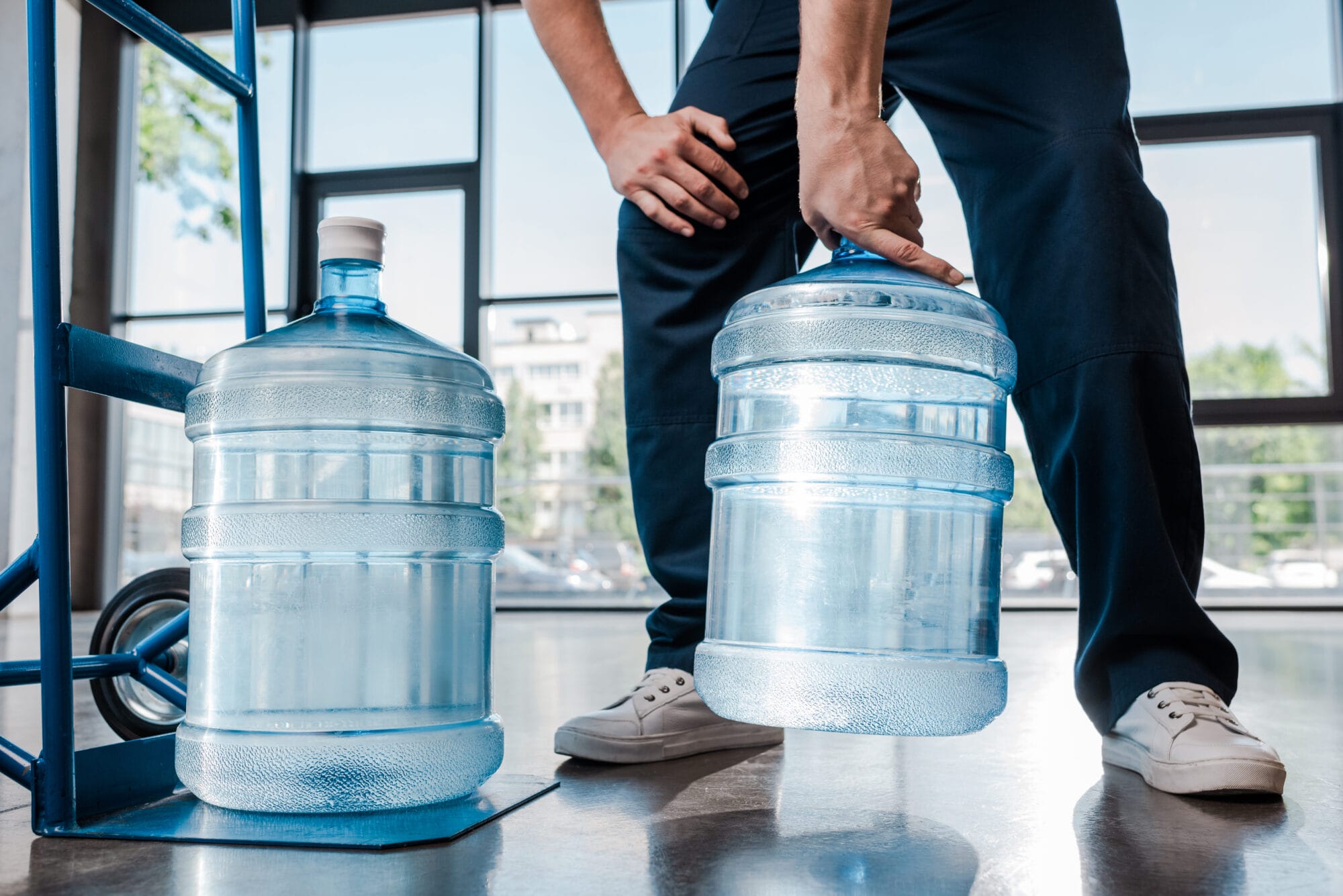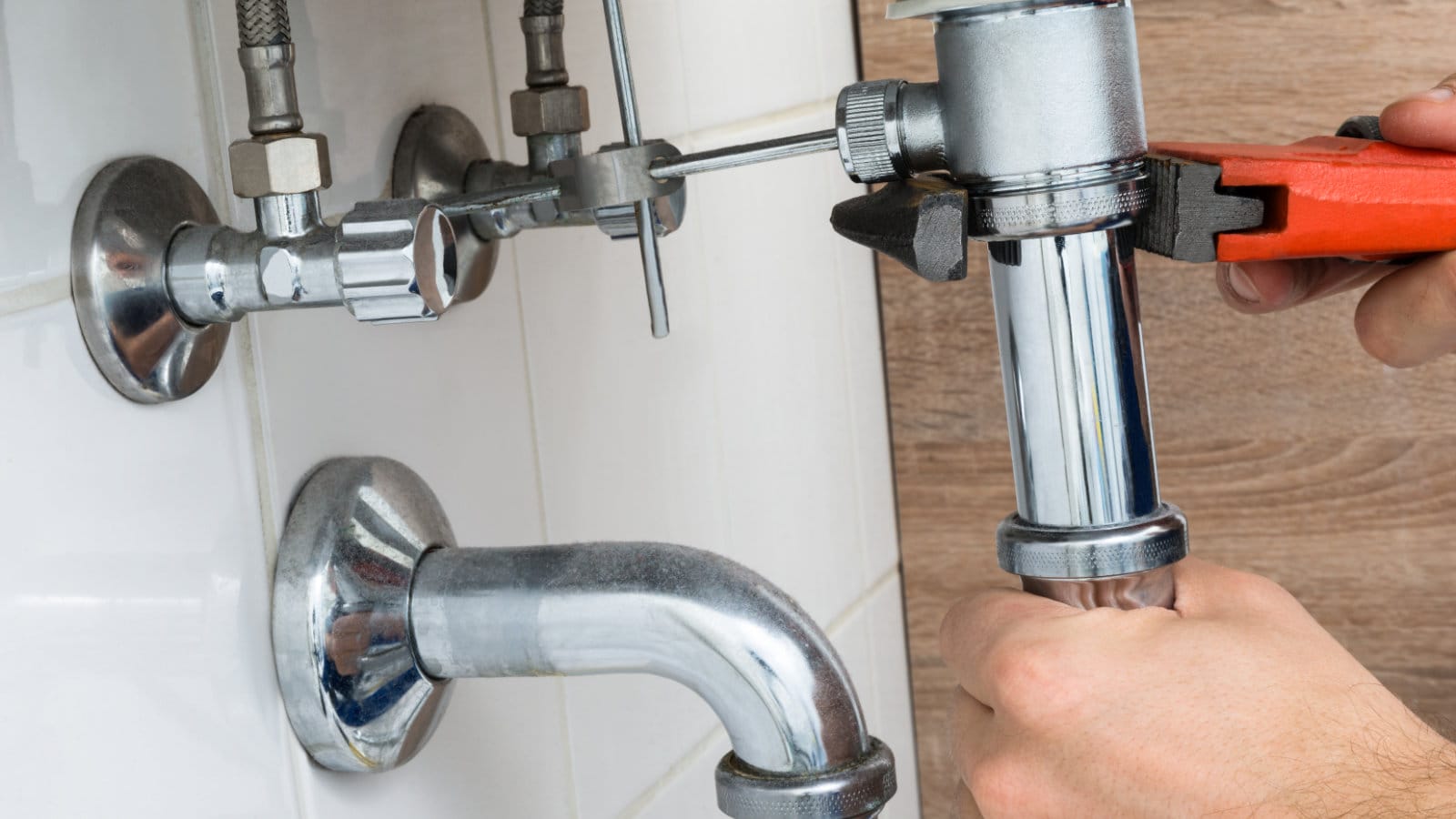As a homeowner in Rockwall, TX, ensuring the safety of your home and family is paramount. One crucial aspect of home safety is correctly placing carbon monoxide (CO) detectors. Carbon monoxide is an odorless, colorless gas that can be deadly if undetected. The proper placement of these detectors can be life-saving.
Understand the Danger of Carbon Monoxide
Before delving into placement, it’s essential to understand why CO detectors are vital. Carbon monoxide is a byproduct of burning fuels like gas, wood, propane, and oil. It’s invisible and odorless, making it a silent but deadly threat. CO poisoning can happen quickly and without warning, emphasizing the need for proper detection.
Optimal Placement of CO Detectors
When considering where to put your carbon monoxide (CO) detectors in your home, it’s essential to consider areas where CO might accumulate and where you and your family spend the most time. CO, a deadly gas that is impossible to see, smell, or taste, can originate from everyday household items like heaters, smoke alarms, and other appliances.
Key locations to consider for CO alarm placement include:
- Outside Each Sleeping Area: Install a CO detector outside each bedroom or sleeping area in your home. This placement ensures that the alarm will wake you up in case of a CO incident at night.
- On Every Level of Your Home: Including the basement and attic to ensure complete coverage.
- Near Attached Garages: CO can seep in from a running vehicle; placing a detector near the garage is critical.
- Avoid Dead Air Spaces, Like corners where walls and ceilings meet, as CO might not reach the detector efficiently.
Avoiding False Alarms and Poor Functionality
Installing a carbon monoxide alarm correctly is essential to protect your home against the silent threat of carbon monoxide. It allows you to breathe easier, knowing your family is safe, and helps avoid false alarms and maintain your detectors’ functionality. Let’s explore how to avoid common pitfalls:
- Place CO Detector Away from Humidity and Steam: Install detectors at least 10 feet away from bathrooms or high-humidity areas to prevent false alarms.
- Distance from Fuel-Burning Appliances: While it’s essential to monitor these areas, placing a detector right next to a furnace, stove, or fireplace can lead to false alarms and reduced functionality.
Types of CO Detectors and Their Installation
Choosing the correct type of CO detector, whether a battery-powered unit, a hard-wired system, or a combination smoke/CO alarm, is crucial in providing comprehensive safety. How do you select the best detector for your home?
- Battery-Powered Units: Offer placement flexibility and continue operating during power outages.
- Hard-Wired or Wireless Systems: Can be integrated into your home security system for added protection.
- Combination Smoke/CO Alarms: A practical solution for comprehensive safety, these units combine the detection capabilities for both fire and CO.
Regular Maintenance and Testing
- Test Regularly: At least once a month to ensure functionality.
- Replace Batteries: At least once a year or as the manufacturer recommends.
- Replace Detectors: Every 5-7 years, as sensors can degrade over time.
Legal and Safety Recommendations
When it comes to ensuring the safety of your home in Rockwall, TX, it’s crucial to adhere to both local regulations and broader safety guidelines. Texas state guidelines provide a valuable framework:
- As per the Texas Department of Insurance, it is recommended to have both smoke and CO alarms installed on every floor of your home, including outside individual sleeping areas.
- Differentiate Between Alarms: Understanding the difference in alerts between smoke and CO alarms is critical for appropriate response in an emergency.
- Stay Informed: Keep up with the latest recommendations from the National Fire Protection Association (NFPA) and the International Association of Fire Chiefs, as well as any local updates specific to Rockwall, TX, for comprehensive home protection.
This addition maintains the informative and engaging tone of the article while blending in the essential information from the Texas Department of Insurance. It also encourages Rockwall homeowners to stay updated on any local regulations that may apply.
Advanced Safety Tips
- Consider Sensor Technology: Electrochemical sensors are known for accurately detecting CO levels.
- Height Considerations: CO is slightly lighter than air, so placing detectors on or near the ceiling can be effective, though some recommend placing them closer to the ground.
Your Safety is Our Priority: Key Takeaways for Home Protection
At Intown Plumbing, TX, we recognize the critical role of carbon monoxide detectors in safeguarding your Rockwall home. You can enhance home protection and peace of mind by carefully considering the placement and type of CO detectors. Let’s recap the essential points to remember:
- Optimal Placement: Install a monoxide detector in every bedroom, each level of the home, near attached garages, and away from dead air spaces.
- Types of Detectors: Choose from battery-powered units, hard-wired systems, or combination smoke/CO alarms for comprehensive safety.
- Maintenance is Key: Regular testing and timely replacement of batteries and detectors are essential for reliable protection.
- Stay Informed: Adhere to local regulations and follow guidelines from authoritative bodies like the NFPA.
- Advanced Considerations: Consider the sensor technology and height for optimal effectiveness.
Remember, when it comes to CO detection, the best defense is a well-informed offense. Equip your home with the tools and knowledge to detect and prevent carbon monoxide poisoning.
Stay vigilant, stay informed, and most importantly, stay safe, Rockwall!





